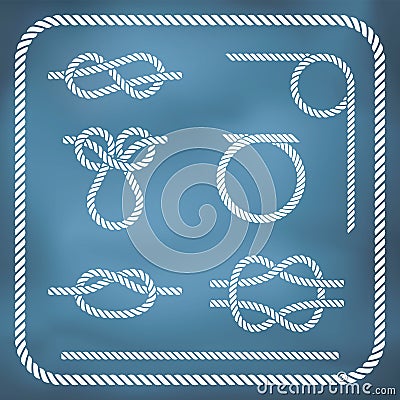
Nested subfolders are also created this way. Making Folders in Obsidian works just as you’d expect, just hit the new folder button. Clicking on a tag there will perform the search for you and show results in the search menu. Or you can use the tag explorer, which you can find when you expand the right-side menu. To search for a note based on a tag, you can either use search by hitting Ctrl Shift F and then type the tag. You can add as many tags as you like, anywhere in your note, and the note will forever be associated with that tag or tags. Adding a hashtag followed by anything you want creates a tag.

Tags in Obsidian work just like they do on Twitter or Instagram. These Are the Tools Obsidian Gives Us Obsidian’s Knowledge Graph In Obsidian, you have the choice of how you want to set up and optimize your ultimate note-taking system.
#Knotes folder software
At other times, however, we aren’t looking for anything specific, we just want to look through the notes we’ve already made, like leafing through a notebook.Īlmost any app can fulfill these three requirements but not every software does it effectively. Of course, we want to take notes, but we also want to be able to find them later on. There are three main functions of a note application. This might seem like an obvious question. What Do You Want from a Second Brain or Notes App?

You can add tags to any note just like you would on Twitter or Instagram however, you can also use nested tags to create a hierarchical structure to categorize your notes. The final method for organizing your notes in Obsidian is to use tags. Use Nested Tags to Organize Notes in Obsidian You can still add tags, categories, etc, to make it more sophisticated, but the requirements remain at just one link.

But more importantly, it keeps your notes browseable and organized. How do you design a system for your worst days? Make it simple.Īdding one link only takes a second, so there’s never an excuse not to do it. Otherwise, when those days come, your system will fall apart. So, design your system for your worst day. But there will come a time when you feel tired, lazy, and don’t care about your system, you just need to take a note. Right now, you’re motivated, interested, and have the time to invest in creating a note-taking system. But there are two powerful tools you can use. Without folders or categories, you might think that it would be impossible to navigate a system like this. This is the best system to organize your notes if you want to set up a zettelkasten-style slip box. Finding notes in this system is slow and gets more difficult as the system gets biggerĢ.Do you make a new category folder every time you have one note for it?.Where do you put a note that fits in no category?.Where do you put a note that fits into two categories?.I kept text files like this for many years and you can replicate this system in Obsidian. Organize Your Notes with a Hierarchy of Foldersīefore note apps like Obsidian or Evernote existed, if you wanted to create a digital note-taking system, it meant lots of folders.

What Do You Want from a Second Brain or Notes App?.Markdown gives us lots of tools to organize notes in Obsidian, find them all below. Obsidian uses markdown in plain text files to store your digital notes on your hard drive too so you know you’ll never lose access. It might be overwhelming at first but with Obsidian you can keep your notes exactly how you want them. Obsidian offers more options to keep notes than Microsoft Onenote, Google Keep or other mobile apps. The best practices for organizing your notes in Obsidian are all below. Or you’ve already set up Obsidian but you’re looking for some tips to improve your personal knowledge management system or second brain.
#Knotes folder how to
You’ve decided to give Obsidian a go as your new note-taking app but you’re still not sure how to set up the best system for you. Share on Twitter Share on Facebook Share on LinkedIn Share on Pinterest Share on Reddit


 0 kommentar(er)
0 kommentar(er)
